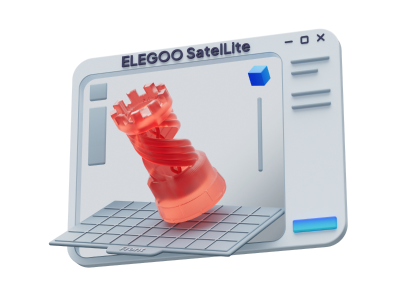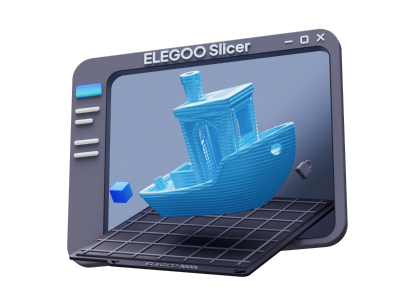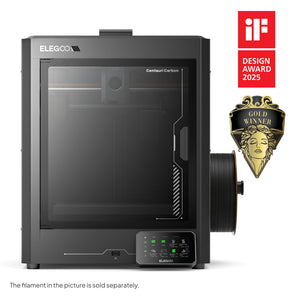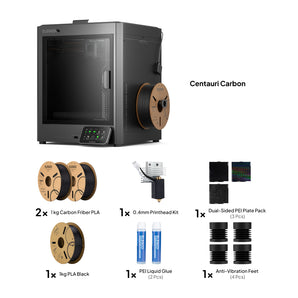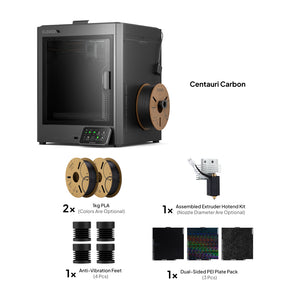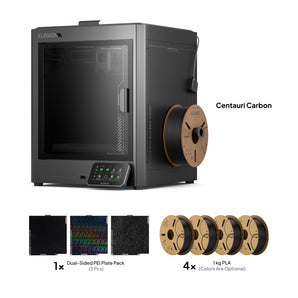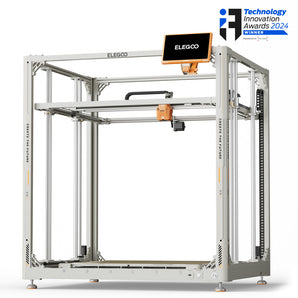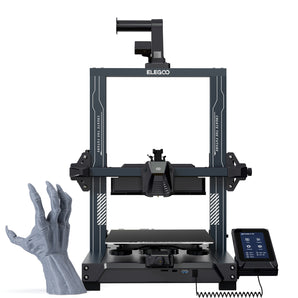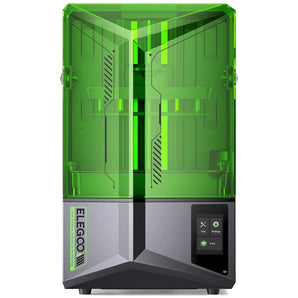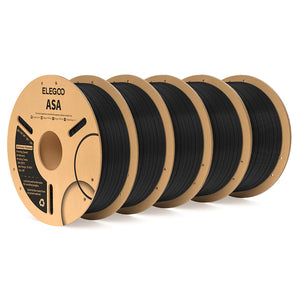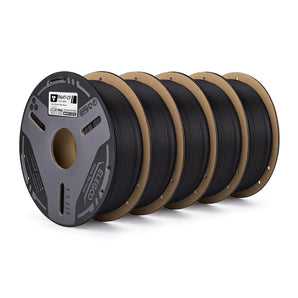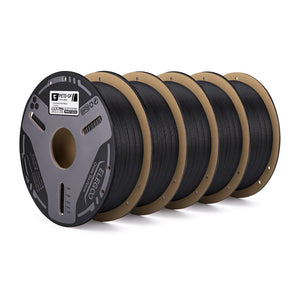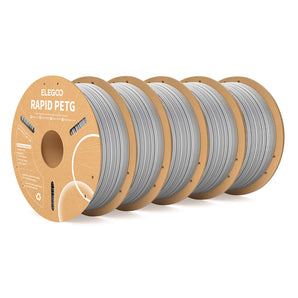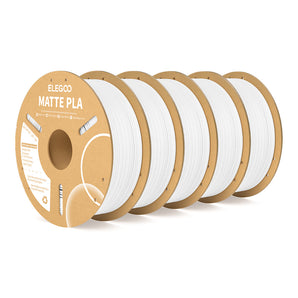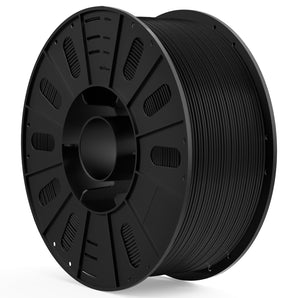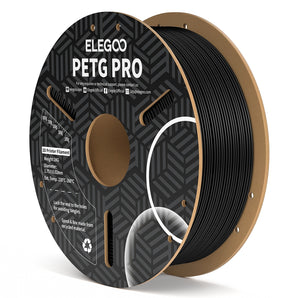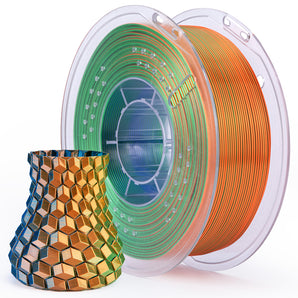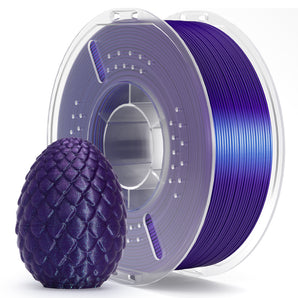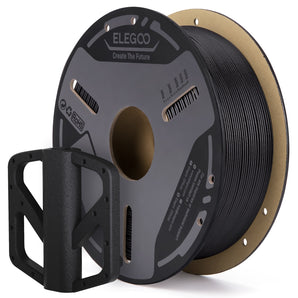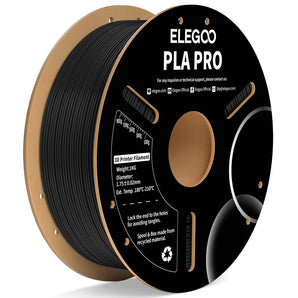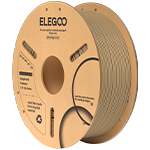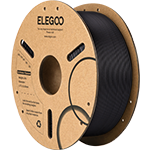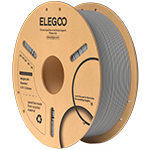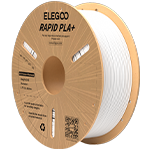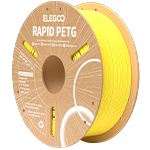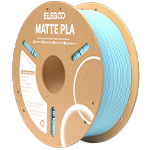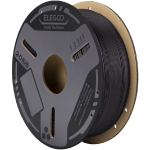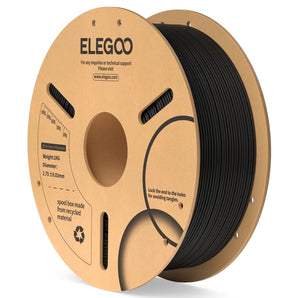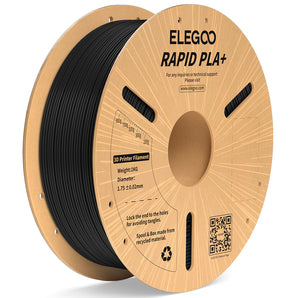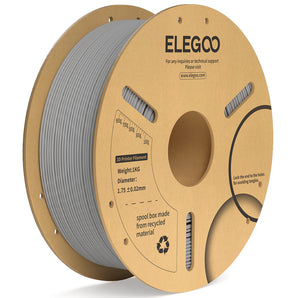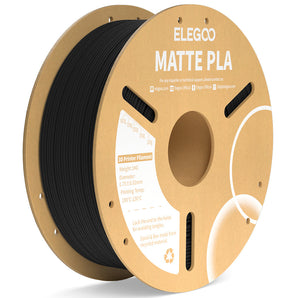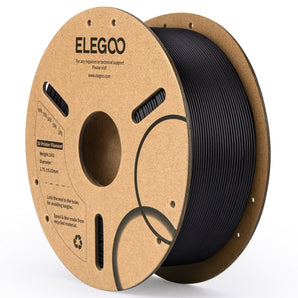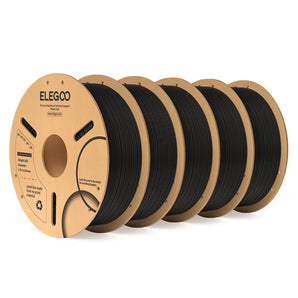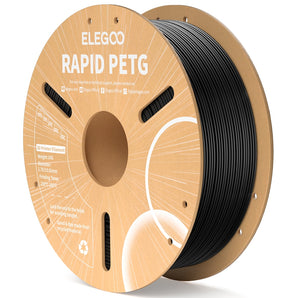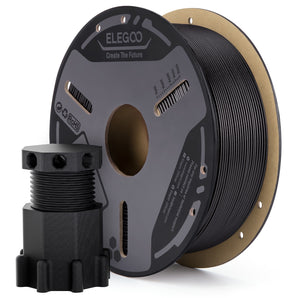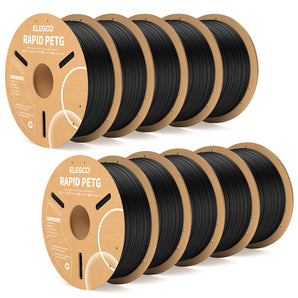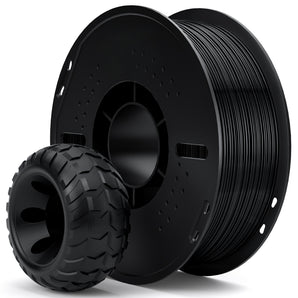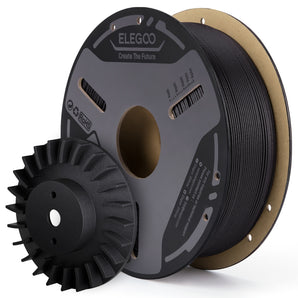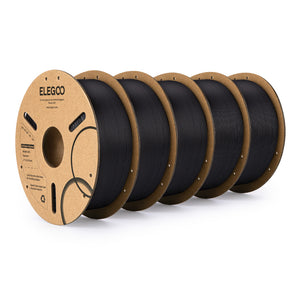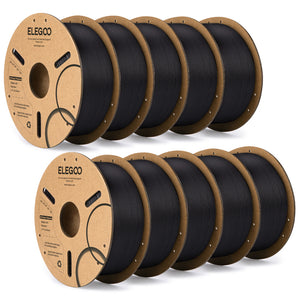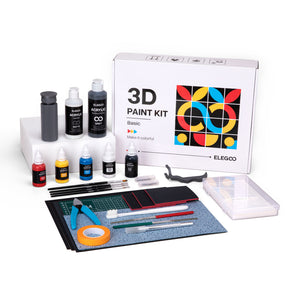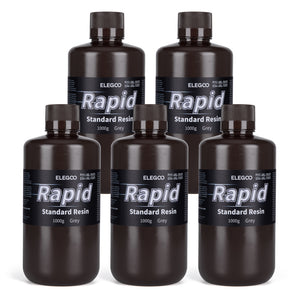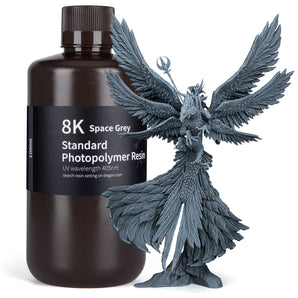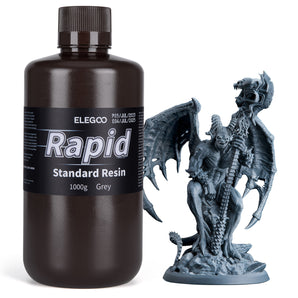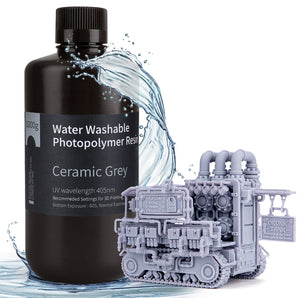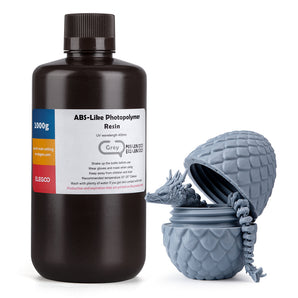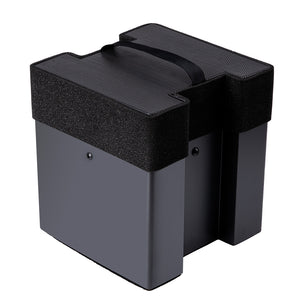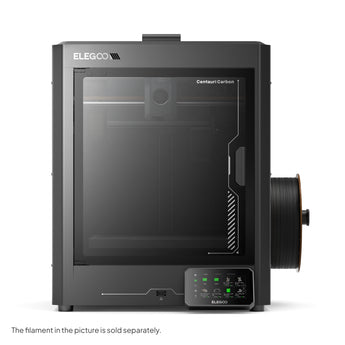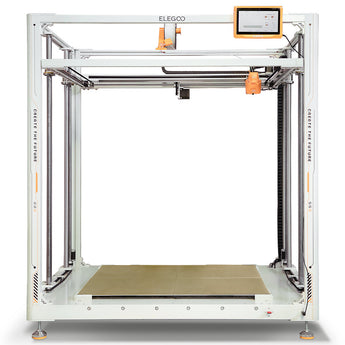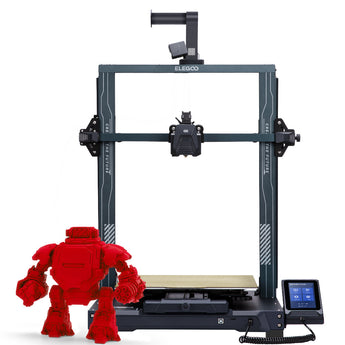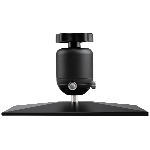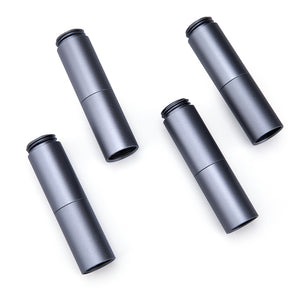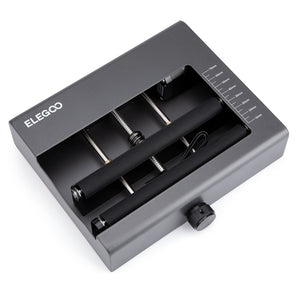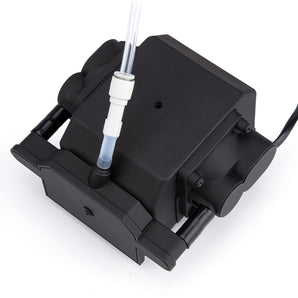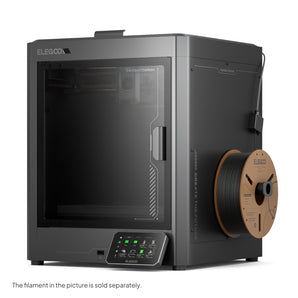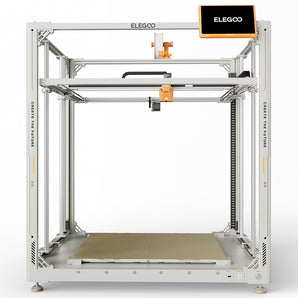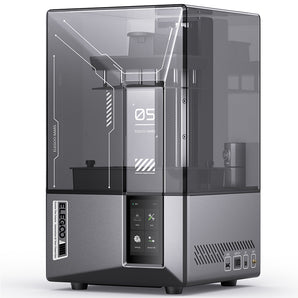The Role of 3D Printing in Art Restoration: Reviving Our Artistic Heritage
The restoration of artwork and cultural treasures is a delicate and meticulous process, essential for preserving our artistic heritage. Recently, 3D printing technology has emerged as a groundbreaking tool in this field, offering precision, efficiency, and innovation in the restoration of priceless artworks.
The ELEGOO X REVOPOINT 3D scanner complements this by providing high-resolution scans that capture every detail of an artwork, essential for accurate restorations and reproductions.
This blog post delves into how 3D printing is revolutionizing art restoration, providing insights into its role in recreating missing or damaged parts, and restoring artworks to their original glory.
We will explore the intersection of technology and art preservation, highlighting the innovative methods that ensure the longevity and beauty of our artistic heritage.
The Emergence of 3D Printing in Art Restoration
3D printing in art restoration represents a significant advancement in the field of conservation. This technology allows for the precise replication of intricate details and textures, which is often required in the restoration process.
By employing 3D printing, restorers can tackle complex projects that would have been impossible or prohibitively expensive using traditional methods.
Restoring Artworks with 3D Printing
The application of 3D printing in artwork restoration has opened new avenues for conservators. This technology enables the reproduction of parts that are often missing or too deteriorated to repair. From sculptural fragments to intricate details on paintings, 3D printing provides a solution for accurately restoring artworks to their former state.

Precision Restoration Technology: A Game Changer
Precision restoration technology, especially 3D printing, has revolutionized the way restorers approach damaged artworks. It offers an unprecedented level of accuracy, allowing for the restoration of artworks to a degree of precision that was previously unattainable. This technology ensures that restorations are not only effective but also respectful to the original artist's intent.
Cultural Heritage Preservation through 3D Printing
Cultural heritage preservation is a vital aspect of art restoration, and 3D printing plays a crucial role in this process.
By enabling the accurate replication of historical and cultural artifacts, 3D printing helps in preserving the integrity and authenticity of these items. This technology is especially beneficial in situations where the original materials are no longer available or when the artifact is too fragile to undergo traditional restoration methods.
3D-Printed Art Conservation Techniques
3D-printed art conservation involves a range of techniques, from 3D scanning of the original piece to the actual printing of the missing parts.
This process not only restores the physical appearance of the artwork but also helps in understanding and preserving the techniques and materials used by the original artists. This approach is particularly valuable in educating future generations about historical art practices.
Restoring Missing Parts with 3D Printing
One of the most remarkable capabilities of 3D printing in art restoration is restoring missing parts. Whether it's a fragment of a statue or a piece of an ornate frame, 3D printing can produce a replica that seamlessly integrates with the original.
This process involves meticulous planning and a deep understanding of the artwork's historical context.
Preserving Artistic Heritage for Future Generations
The preservation of our artistic heritage is a crucial responsibility, and 3D printing offers an innovative way to uphold this duty.
By restoring and conserving artworks, 3D printing ensures that future generations can enjoy and learn from these cultural and historical treasures. This technology not only restores artworks but also preserves the stories and histories they represent.
The Intersection of Innovation and Art Restoration
Innovation in art restoration, particularly through 3D printing, represents a fusion of technology and traditional artistry. This intersection is creating new possibilities for conservation, allowing restorers to approach their work with greater flexibility and creativity. The use of 3D printing is a testament to how technology can enhance and support the arts.
Technology Meets Art Preservation: A Synergistic Approach
The synergy between technology and art preservation is vividly illustrated in the use of 3D printing for replicating damaged artworks.
This collaboration has not only improved the quality of restorations but also increased public interest and awareness about the importance of preserving our artistic heritage. It demonstrates how modern technology can complement and enhance traditional restoration techniques.
3D Scanning in Art Conservation: Capturing Every Detail
3D scanning plays a pivotal role in the process of art conservation. It allows conservators to capture every detail of an artwork, creating a digital model that can be used for analysis, planning, and the actual restoration work.
This technology is particularly useful in understanding the structure and condition of an artwork before beginning the physical restoration.
Art Restoration Techniques with 3D Printing
Art restoration techniques have evolved with the advent of 3D printing. This technology is not only used for replicating parts but also for creating tools and supports that aid in the restoration process. 3D printing allows conservators to experiment with different materials and approaches, leading to more effective and sustainable restoration solutions.
Conclusion
3D printing has become an invaluable tool in the field of art restoration, blending technology with traditional techniques to preserve and restore our artistic heritage.
This technology's precision, versatility, and efficiency have opened new doors in the conservation of artworks, sculptures, and cultural treasures, ensuring their longevity and beauty for future generations to admire.
As 3D printing continues to evolve, its contributions to the art world will undoubtedly grow, further cementing its role as a vital component in the preservation of our global cultural and artistic legacy.












